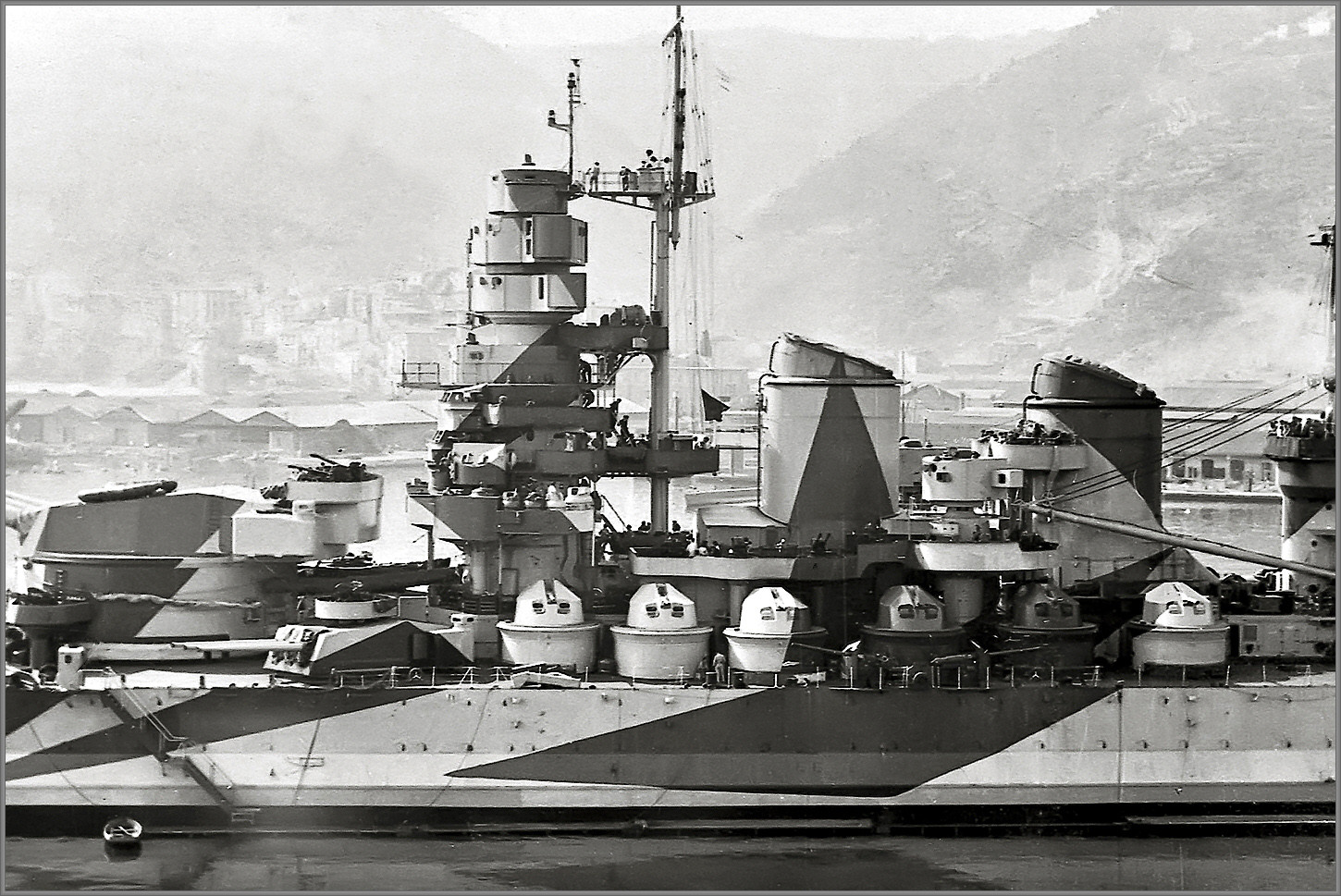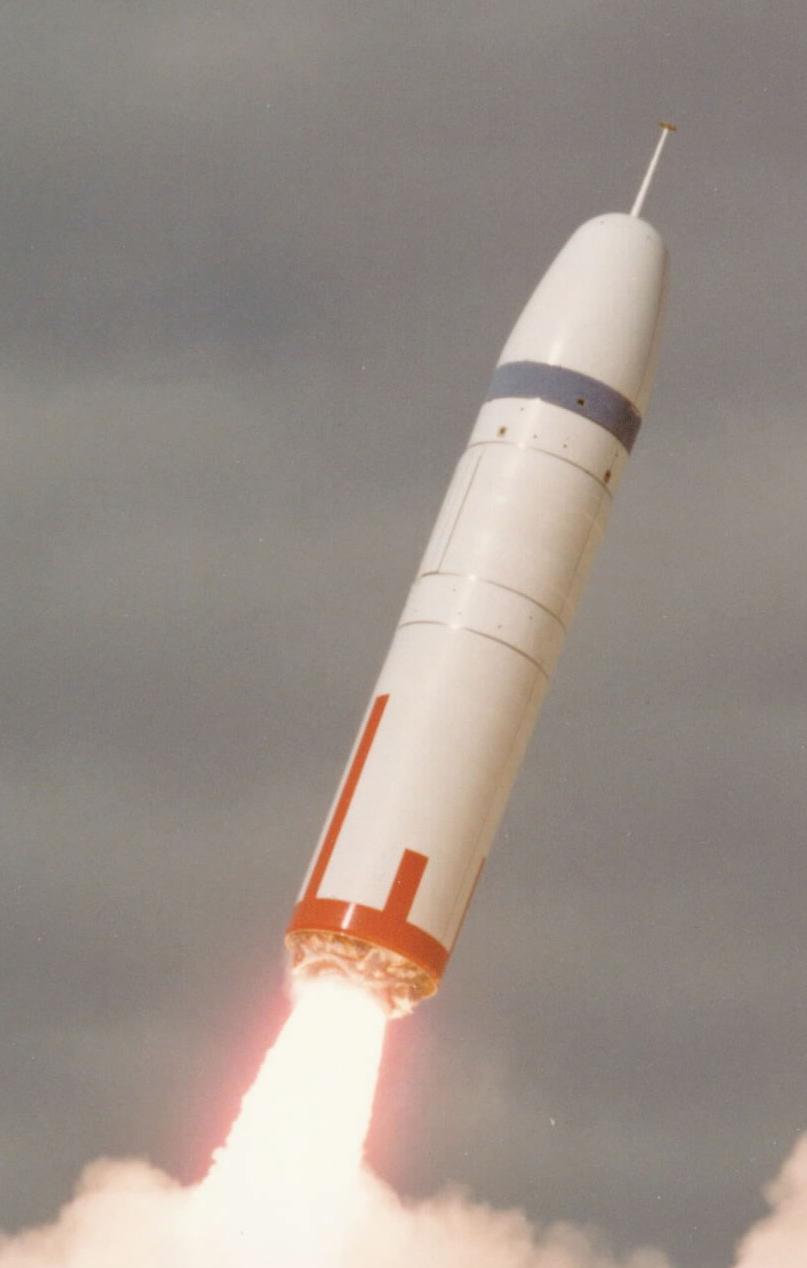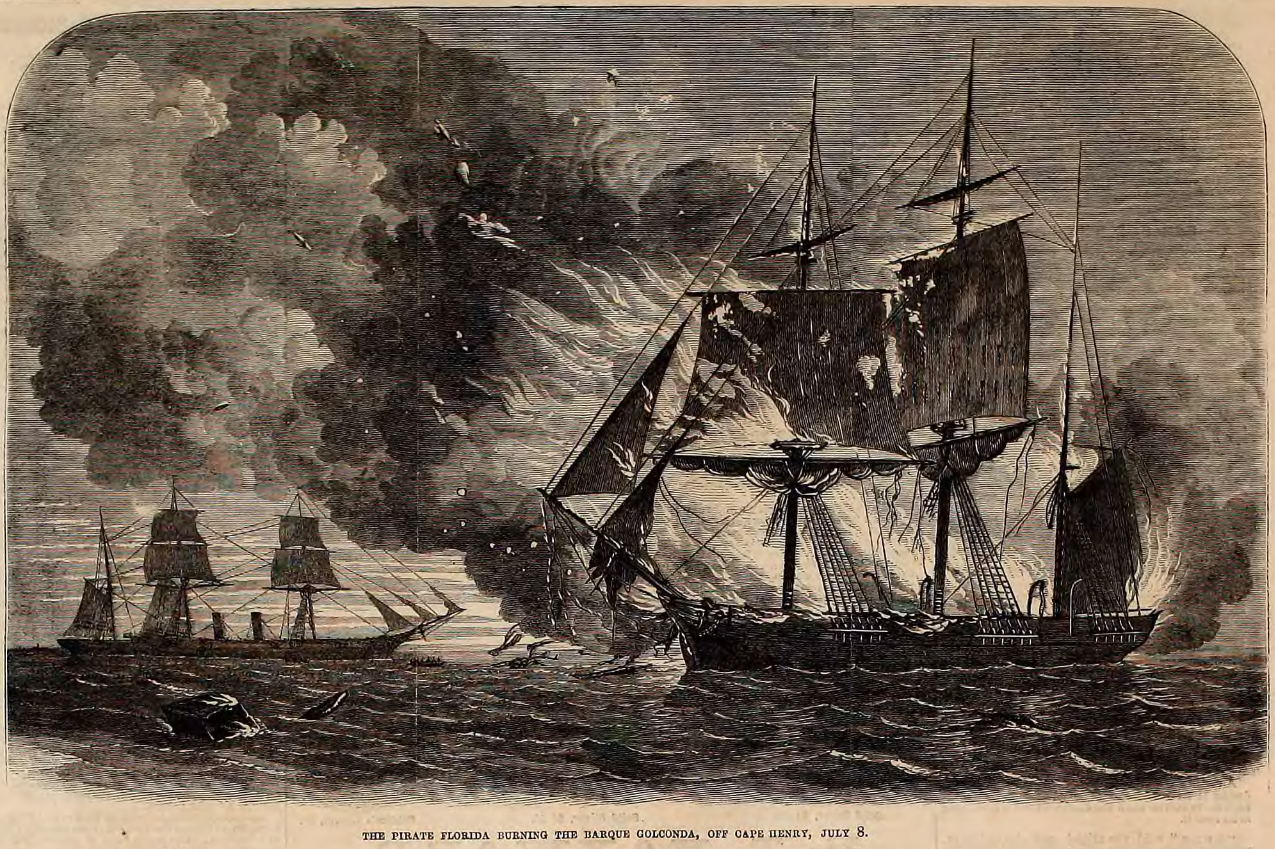The United States Coast Guard is unique among the country's six armed services.1 Unlike the other services, it is part of the Department of Homeland Security, and its missions range from maritime law enforcement to search and rescue to port security to setting and enforcing regulations on ships to environmental protection and even maintenance of navigation aids. All of this requires what is usually credited as being the world's 12th-largest navy,2 with 40,000 military and 10,000 civilian personnel, 259 cutters,3 200 aircraft of various types and 1,600 boats.

The Coast Guard's origins go back to 1790, when Alexander Hamilton established the Revenue Marine to clamp down on smuggling, raising the tariff revenue that would support the new government. At the time, it was the only armed maritime force available to the United States, as the Navy had been disbanded and wouldn't be reestablished until 1798. The Revenue cutters were placed under Naval command during the War of 1812, as they have been in every American war since then, serving with distinction. The 19th century saw them fight pirates in the Gulf of Mexico, interdict the illegal slave trade and serve with the Union in the Civil War. It also saw the formation of a second organization, the United States Life-Saving Service, tasked with rescuing mariners in distress along the coasts. In 1915, the two organizations were merged to form the United States Coast Guard. Read more...






Recent Comments